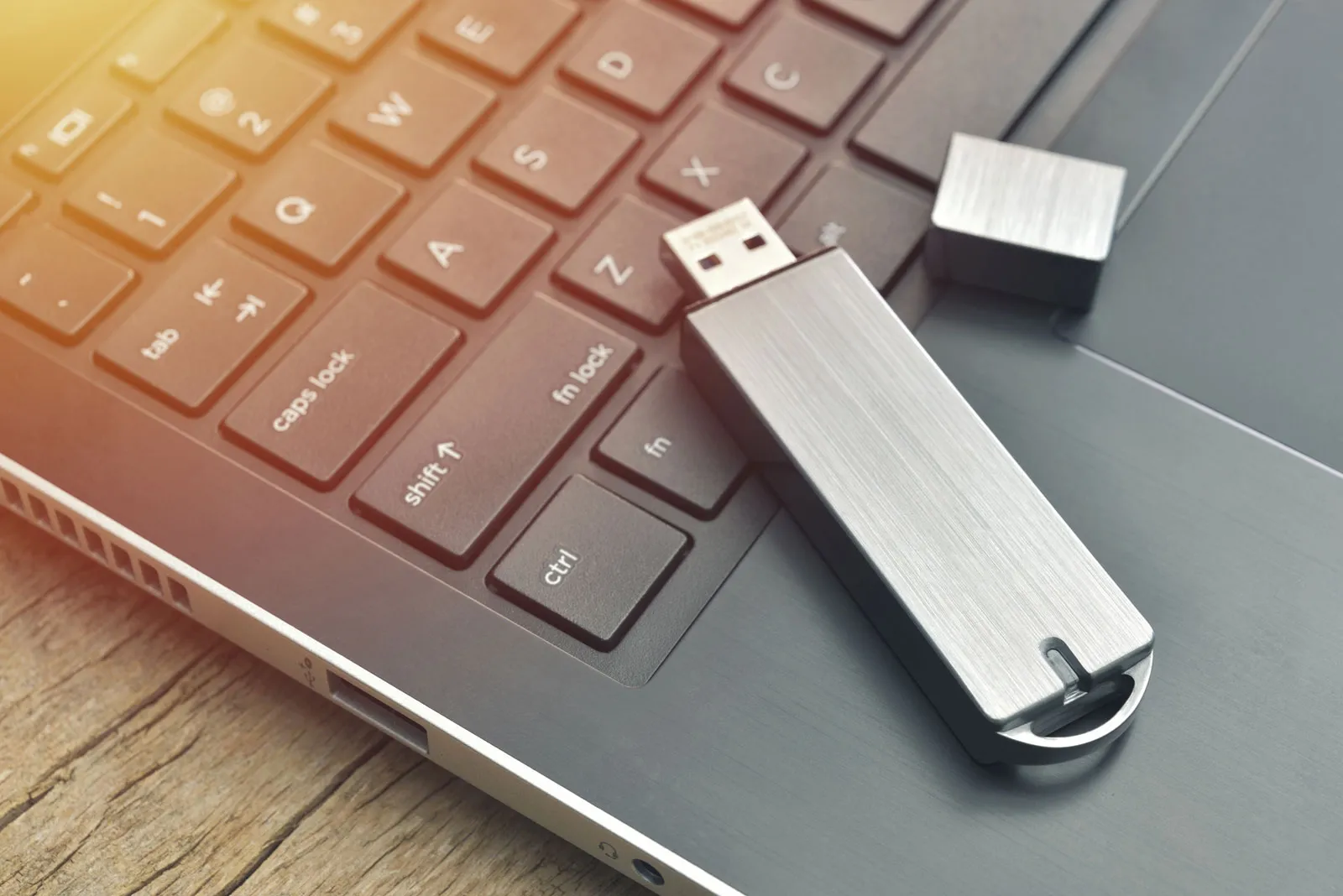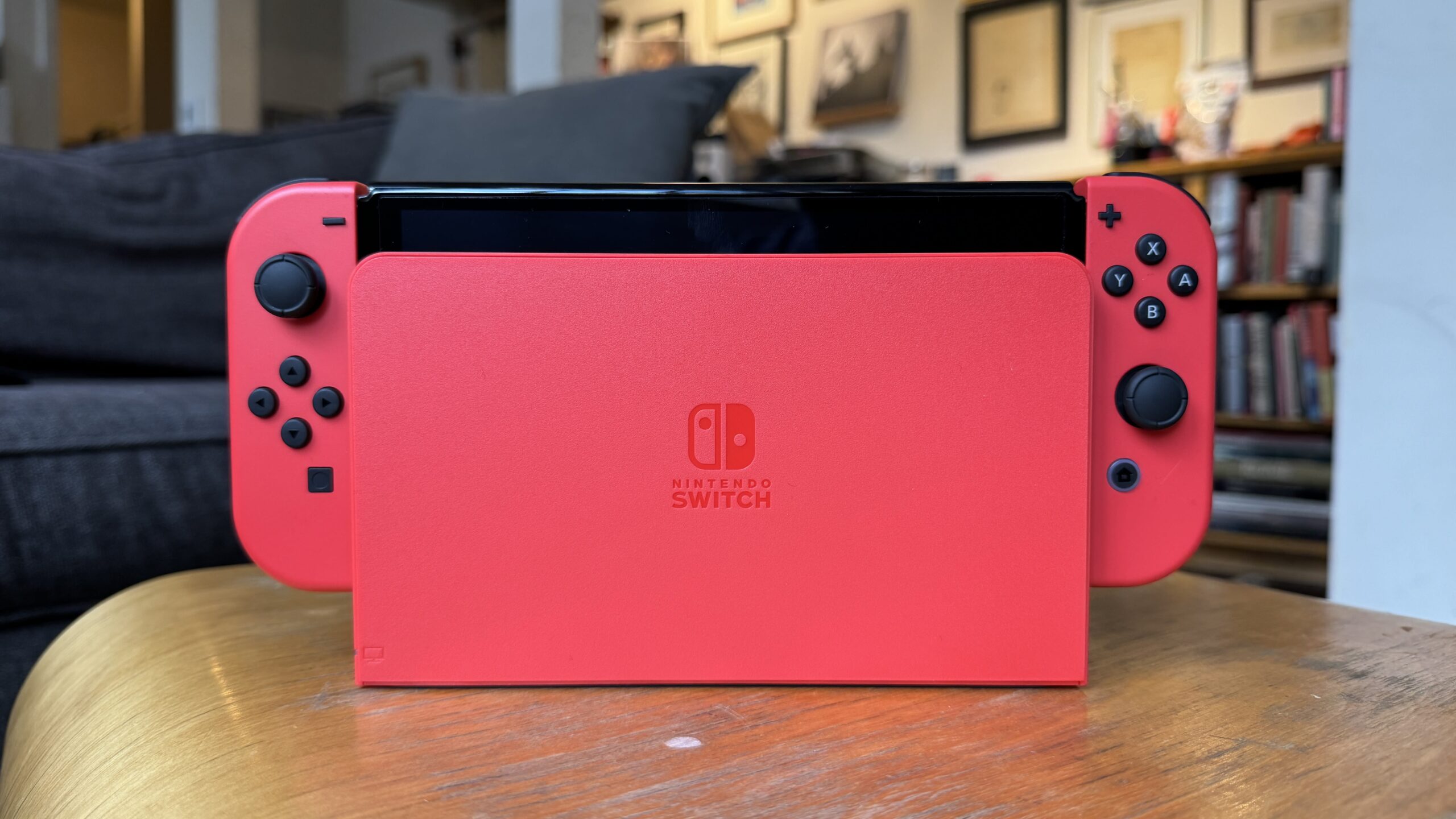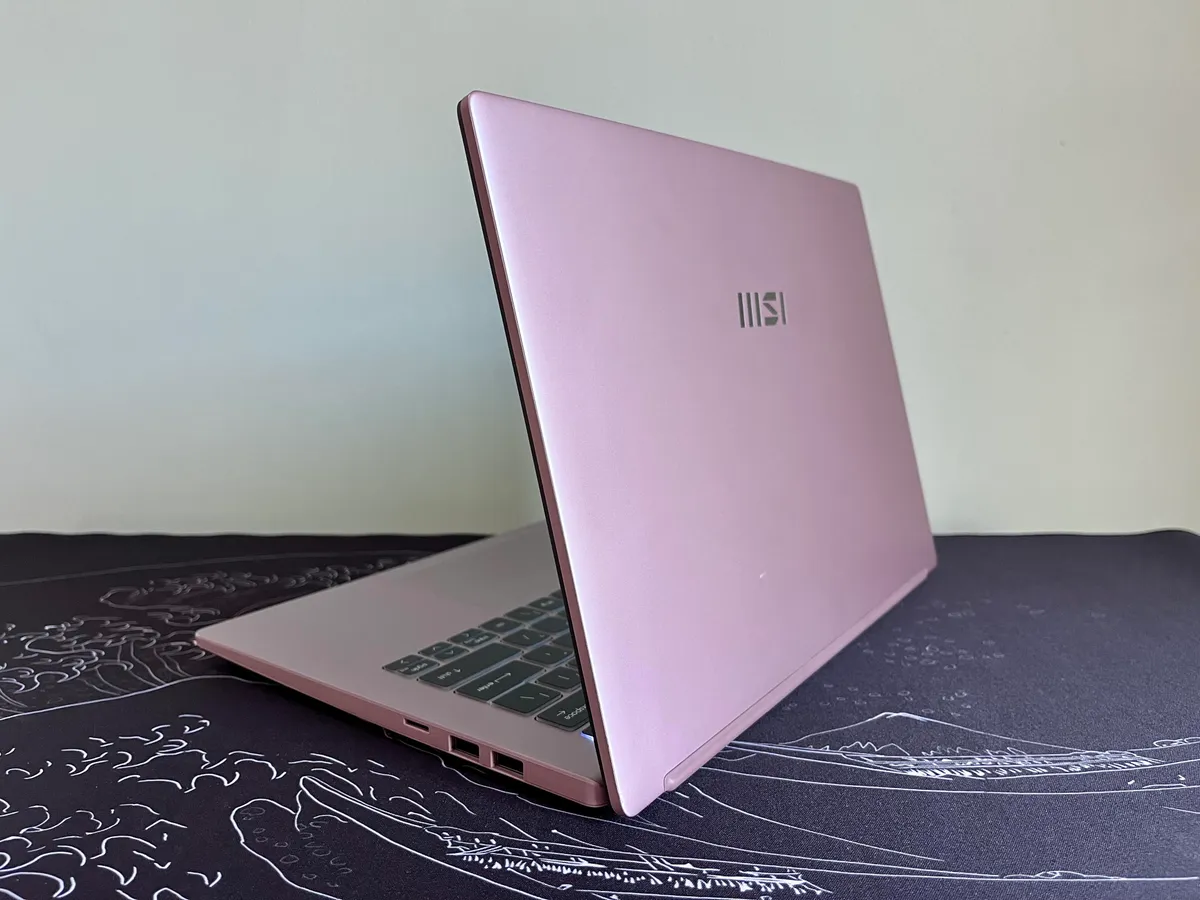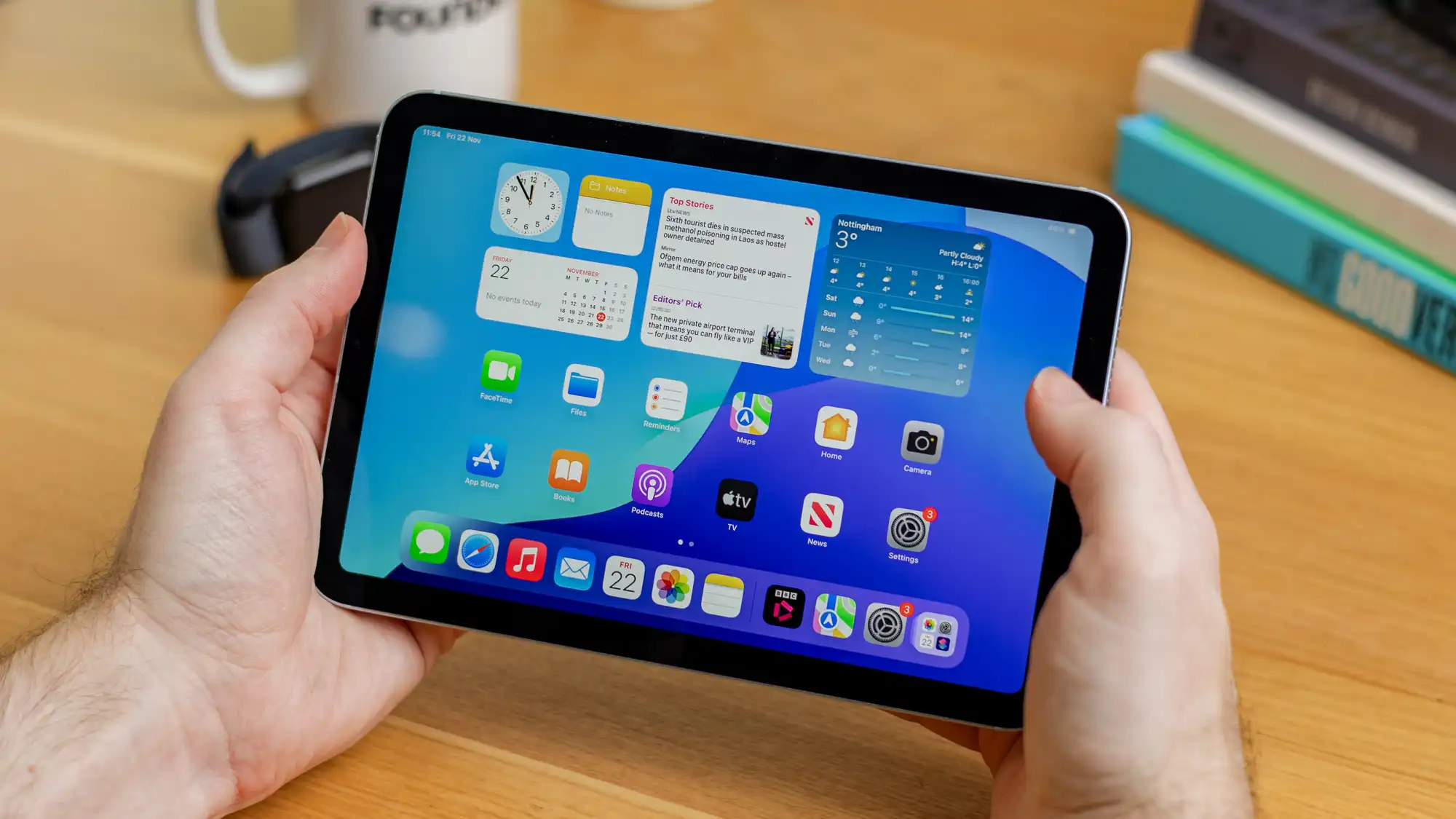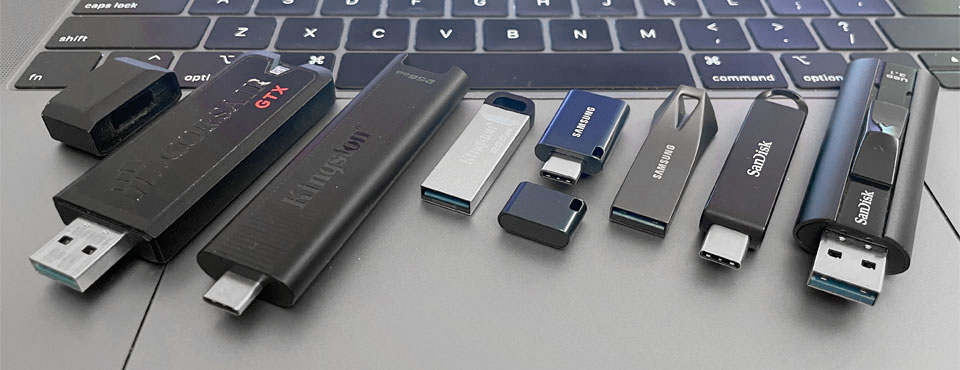
USB Flash Drive Usage: Common Mistakes and Solutions
USB flash drives are widely regarded as convenient tools for data transfer, media playback, and application launching. However, many users overlook essential practices that can enhance their performance and lifespan. Below are some common mistakes to avoid and practical solutions to ensure you’re using your USB drive effectively.
1. Choosing the Wrong USB Port
Many computers and laptops are equipped with multiple USB ports that vary in speed and functionality. Users often make the mistake of assuming all ports are equivalent, which can significantly impact transfer speeds. If you plug your USB flash drive into a slower USB 2.0 port instead of a faster USB 3.2 port, you may experience prolonged file transfers and diminished performance. To optimize your experience, look for ports with a blue inner lining, which typically indicates USB 3.0 or higher. These ports are generally found on the rear of the device, while USB 2.0 ports, which have no color coding, are often located at the front.
2. Not Optimizing Your USB Drive
If your USB flash drive seems sluggish, optimization might be necessary. Windows provides built-in tools to enhance the performance of your drive. Press Windows key + R, type diskmgmt.msc, and hit OK to access Disk Management. Right-click on your USB drive and select Properties. In the Hardware tab, find the relevant disk drive, click Properties, and navigate to the Policies tab. Enable “write caching” and turn off the “write-cache buffer flushing” to boost transfer speeds. Changing the file system to a more efficient format can also improve performance but remember that formatting will erase all data on the drive.
3. Failing to Safely Eject Your Drive
While it may not always lead to issues, failing to safely eject your USB flash drive can result in data corruption, especially after making performance optimizations. To safely remove your drive, open File Explorer, right-click the USB drive, and select “Eject.” This action ensures that all files are properly closed and that the drive is deregistered, reducing the risk of data loss.
4. Discarding Faulty USB Drives Prematurely
If your USB flash drive starts to malfunction, such as being unable to delete files or format, don’t be too quick to throw it away. Many issues can be resolved through recovery methods or diagnostic tools. Before discarding a seemingly broken drive, consider trying to recover the data or using software to repair it.
By avoiding these common mistakes and following the suggested solutions, you can significantly enhance the functionality and longevity of your USB flash drive, ensuring it remains a reliable companion for all your data transfer needs.

